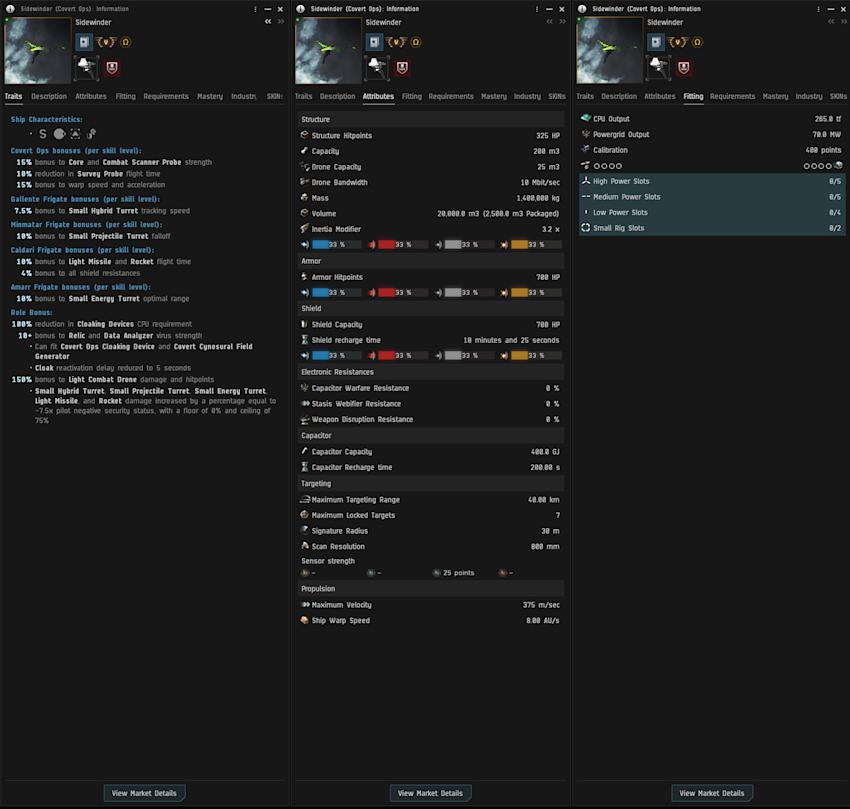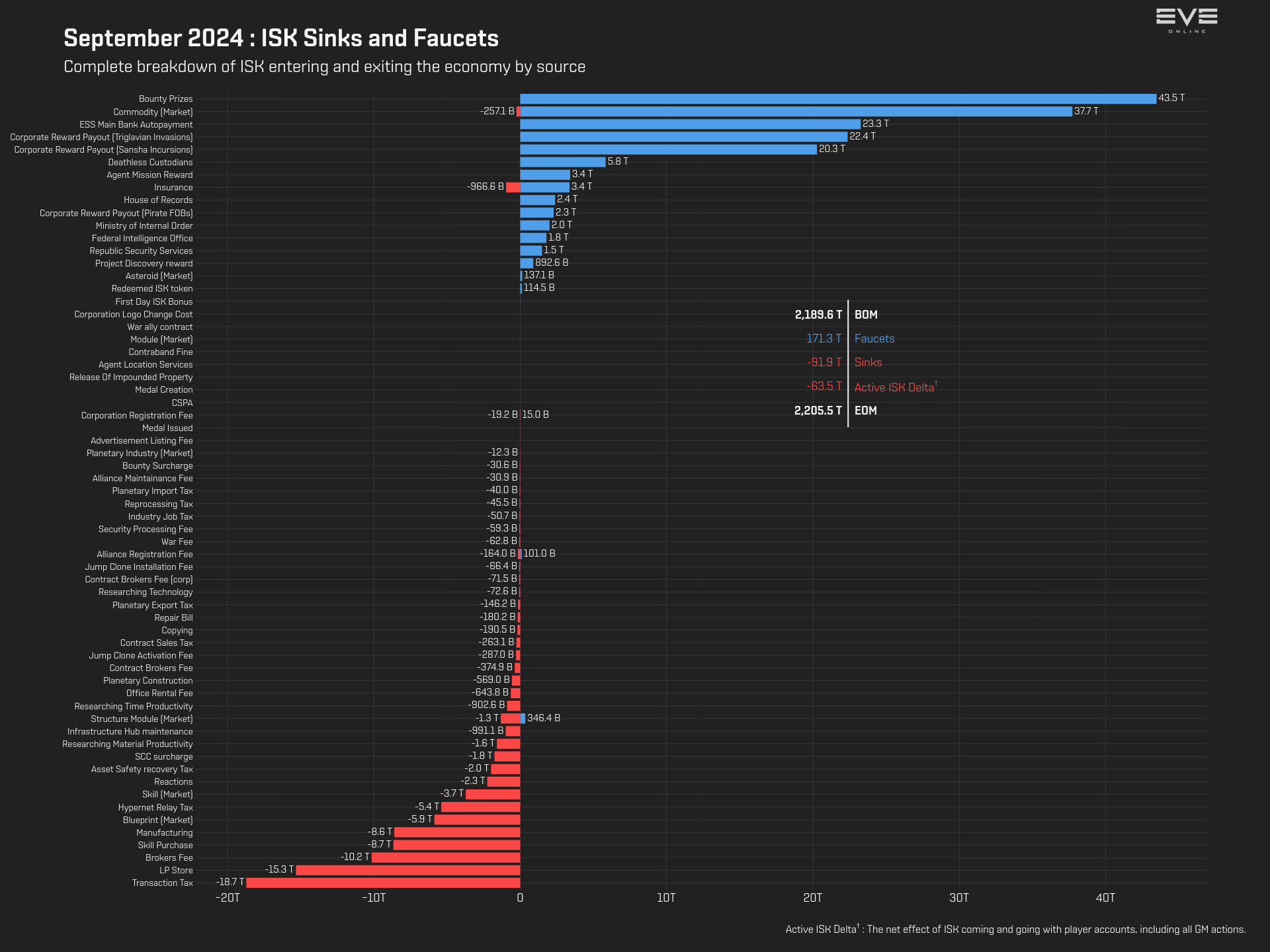Over the weekend Cloud Imperium Games held it's annual CitizenCon event in Manchester, England. Celebrating the 12th anniversary of the launch of the
Kickstarter for Squadron 42 and Star Citizen, Heading into the project's 13th year, the company is facing some financial challenges. Cash shop sales over the last two years are apparently not keeping up with development expenses. CIG's North American studios underwent
a significant workforce reduction at the beginning of 2024. And on day 1 of the convention, CIG founder and CEO Chris Roberts announced the company's single player game,
Squadron 42, would not release until sometime in 2026. Unless otherwise noted, such a date usually indicates a release sometime in December 2026.
Into this environment CIG dropped its final presentation of the event, "The Stars My Destination: Star Citizen 1.0". The presentation spelled out what CIG considered the minimum viable product to release for commercial sale. Well, for sale without the development labels "alpha" or "beta". An outstanding question for years, what will the game deliver upon commercial release?
First off, once the game is commercially launched, the company is promising improved performance, a polished experience, finished gameplay loops, and no more server resets. If a previously mentioned piece of content, feature, or star system is not present in the 1.0 release, the developers will add it in future patches. In other words, pretty standard stuff players expect from a game.
The presentation addressed a big issue from the original Kickstarter, the number of systems in Star Citizen at launch. According the the various stretch goals, the number originally was 100. Senior game director Richard Tyrer explained why the planned number of systems changed.
... the star systems of old are not the star systems of today. They were based on the Privateer and Freelancer model. They were unexplorable planets with an isolated and small landing zone and had automated landings ... and we all know how that went.
To give you an idea Stanton had four points of interest (POI) and the entire 100 systems only had 90 POIs. Compare that to Stanton today and we have 1626 points of interest. And that is going to be dwarfed once we start using the Starchitect tool you saw yesterday.
The game will launch with 5 star systems. One system is already known to players: Stanton. The next planet will arrive with Alpha 4.0: Pyro. Sometime later, the 3-planet Nyx system which the developers have worked on in the past will show up in the 'verse. The final two systems are Castra (two planets) and Terra (four planets).
The game is going to launch with a main story to help players learn about the game. The game will introduce players not only to the types of gameplay but to the NPC guilds as well. For those who play EVE Online, the system sounds very much like the tutorial, career agent, and opportunity systems in that game, including the reputation grinds. A difference, though, is the presence of location stories. These missions will help add lore and character to the locations in the world.
The game will also have a full mission system based on NPC guilds. These guilds have agents with whom the player will interact. The game also has two guilds which engage in PvP and are in conflict with each other.
The economy will be based on the StarSim (formerly known as Quantum) system. The system is described as dynamic and will automatically adjust the in-game prices based on player activity, so a functioning StarSim is an absolute requirement for a commercial release of Star Citizen.
Something the developers had to address is how ship insurance would work. Tyrer announced during the presentation.
We'll have three tiers of insurance with level one being chassis insurance, level two chassis and component insurance, and level three chassis, component and decorations insurance. Now insurance by itself will only pay out credits based on the wear and age of your ship ... insurance with a warranty though will give you back a new ship plus any other equipment or decorations based on their of insurance you had. Okay, so this is the bit you need to listen to. All ships bought on the pledge store will come with a permanent warranty and their appropriate insurance. This means you will always get your ships back if they're attributed to your account.
Obtaining warranties through normal gameplay sounded like they would be rare and hard to obtain.
Star Citizen will also ship with the ability to own land. In this area the game also imitates Final Fantasy XIV in which owning a plot of land requires service in a city's militia. Star Citizen will differ as players who complete the reputation grind and become "Citizens" will receive greater benefits than those who do not ("civilians"). The base building system is a key that needs to also be complete upon the game's launch.
The game will not just play in a open world sandbox full of missions, PvP and server wide events. The game will also have a wide variety of instanced events. Not stated in the presentation was the positive effects of moving such activity to their own servers. Not only are players protected from others interfering in their activities, but server performance should prove better for players as well.
The previously mentioned StarSim will also play a part in open world gameplay, spawning events and NPCs in relation to player activity as well as the economic activity it independently generates.
Players of EVE Online will find the security systems familiar in Star Citizen. Lawful system like Stanton, Castra and Terra will have internal security zones rated high, medium and low. The higher the security rating, the faster NPC security forces will respond to illegal activity like attacking other players. Successful piracy that captures a ship can be partially be thwarted by invoking a dead man's switch. At that point, the pirate has the choice of salvaging the captured ship, dismantling the ship at a fabrication hangar (chop shops in space!), or obtain a new title deed.
In unlawful systems, the bases needed to extract valuable minerals are attackable as no NPC security forces exist. Organizations can make their bases invulnerable through a shield network. However, the shields are a limited resource players need to bid for each week. Thus, station warfare is born and needs to be present upon the launch of the game.
The ultimate end game goal for organizations are player-built space stations. The stations are similar to the existing NPC run stations. The interiors are fully customizable while stations can grow externally with the addition of wings. Each wing has a specialization for specific tasks like refining and cargo handling. The stations also can have tints and logos applied to their exteriors. And did I mention the player-built stations can also build capital-size ships like the Bengal carrier?
Of course, failing to win your bid on shield resources leaves the station vulnerable to attack. The developers feel stations are so hard to destroy that raiding using boarding parties is the most likely form of attack. So all of that gameplay needs developing before Star Citizen 1.0 can launch.
Very ambitions goals for a game, which is why I have to return to finances. How long will CIG need to create all the systems mentioned in this blog post? And if CIG needs three years to launch Squadron 42 after declaring the game "feature complete", how long for Star Citizen 1.0? I personally don't see how CIG can commercially launch the game in less than 7 years. Unless Squadron 42 and its sequels are a financial success, I don't see how the company finishes Star Citizen without additional outside investment.
















